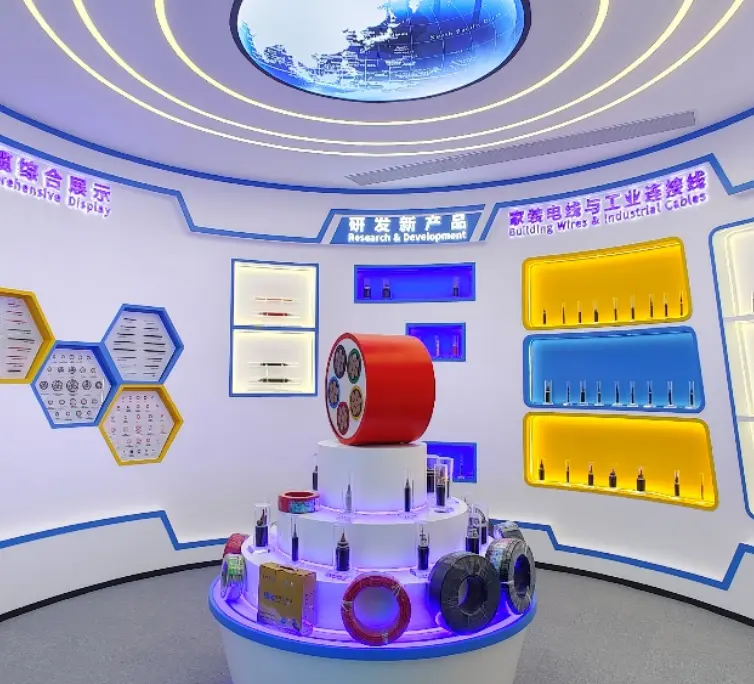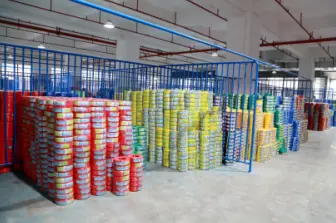What Are the Advantages of Single Core Cable?
Wires and cables are divided into single-core cables and multi-core cables according to the distribution of electrical conductor structures. Generally, single-core cables are relatively hard and difficult to bend, but they are not easily oxidized during use and have a long service life. A single-core cable has only one electrical conductor in an insulating sleeve. The main uses of single-core cables are widely used in lighting equipment, power plugs, and central air conditioners in the home.
1. Understand the single-core cable
Power cables are generally composed of conductors, insulating layers and protective layers, including single-core, double-core and three-core cables. Cable single core means that there is only one conductor in one insulating layer. When the voltage exceeds 35kV, most single-core cables are used, and the relationship between its core and the metal shield can be regarded as the relationship between the coil and the iron core in the primary winding of a transformer. When the single-core cable core passes through the current, there will be a magnetic force line interlinked with the aluminum clad or metal shielding layer, which will induce an induced voltage at both ends.
2. The advantages of single-core cable
Single-core cables include BV cables, RV cables, and BVV cables. BVR cables are multi-core cables. The raw materials are relatively soft, and there are several tiny copper cores twisted together. Common single-core wire colors are: red, yellow, blue, green, black, white, multi-color (yellow, green), brown. The single-core cable is not easy to be oxidized due to its small cross-section ratio, and has a relatively long service life.
Electric power safety regulations for electric cable manufacturer stipulate: 35KV cables and cables with voltage levels below are grounded at both ends, because these cables are three-core cables with a large number of pairs. In normal operation, the sum of the current flowing through the three cores is zero. There is basically no magnetic link outside the aluminum package or metal shielding layer, so there is basically no induced voltage at both ends of the aluminum package or metal shielding layer, so there will be no induced current flowing through the emerald or metal shielding layer after the two ends are grounded.
However, when the voltage exceeds 35KV, most single-core cables are used, and the relationship between its core and the metal shield can be regarded as the relationship between the coil and the iron core in the primary winding of a transformer. When the single-core cable core passes through the current, there will be a magnetic force line interlinked with the aluminum clad or metal shielding layer, which will induce an induced voltage at both ends. As a reminder, single-core cables have the irreplaceable advantages of other cables and can withstand higher voltages. When purchasing, be sure to choose high-quality cables.
Latest News & Blog
 English
English  français
français  Deutsch
Deutsch  العربية
العربية  tiếng việt
tiếng việt  ไทย
ไทย  čeština
čeština  Indonesia
Indonesia  Eesti
Eesti  български
български  slovenčina
slovenčina 



